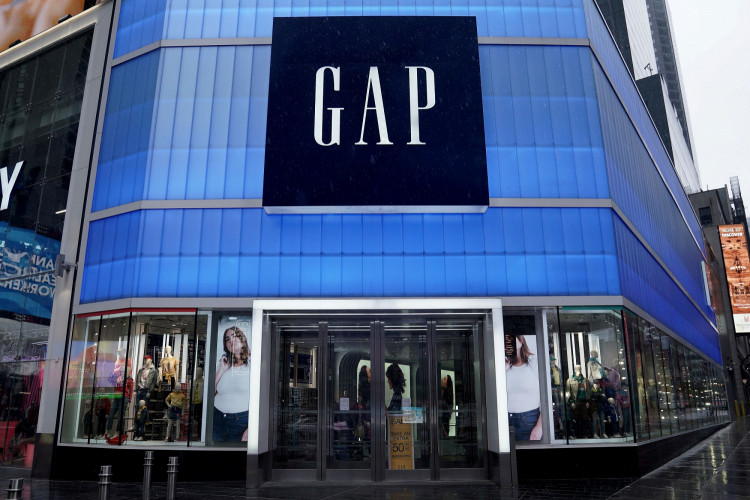American fast-fashion giant GAP has embarked on an ambitious expansion and transformation in China. The brand, once struggling with frequent store closures and a dwindling market reputation, opened ten new stores in prominent cities including Shenzhen, Chengdu, Beijing, and Guangzhou in the last quarter of 2023 alone. This aggressive retail push signifies GAP's renewed commitment to the Chinese market, but it faces an uphill battle to shake off persistent exit perceptions and compete with local and international fast-fashion behemoths.
GAP's recent expansion spree is underpinned by its acquisition by Baozun E-commerce in November 2022 for $40 million. This deal didn't just signify a change in ownership; it marked the beginning of GAP's strategic transformation in China. Baozun E-commerce, a local powerhouse with deep market insights, has steered GAP's operations, focusing on more tailored localization strategies. As part of this transformative journey, GAP established its first local product design team, a significant departure from its previous approach of offering American-sized apparel that often missed the mark with Asian consumers.
The new design team, comprising specialists for menswear, womenswear, and children's wear, reflects GAP's commitment to understanding and catering to the local tastes and preferences. Baozun's influence extends beyond design; it has honed GAP's e-commerce strategy to target urban youth and parenting women, a demographic seen as crucial to the brand's revival. The collaboration with Chinese designer brand ATTEMPT and the appointment of Ouyang Nana as the "brand renewal officer" are testaments to GAP's efforts to resonate more deeply with Chinese consumers.
Visiting GAP's new outlet in Beijing's Joy City on December 29, 2023, would reveal a visibly refreshed retail environment. The store features brighter lighting, a diverse style range with reduced density, and a focus on iconic Logo hoodies and baseball jackets. Perhaps most indicative of the brand's new direction is the fashion-forward styling on the store's mannequins, a clear nod to local fashion trends.
However, GAP's path to reclaiming its position in the Chinese market is fraught with challenges. Years of frequent store closures, heavy discounting, and a reputation for basic, poorly fitted offerings have deeply ingrained a negative perception among Chinese consumers. This sentiment is evident in comments under Joy City's official posts, with many expressing surprise, thinking GAP had already exited China.
Turning around such a long-standing market perception is an arduous task. Despite Baozun's understanding of the local market and initiatives to make GAP more appealing, managing and transforming a brand is a complex endeavor, especially for a company primarily known for its operational services. Clear direction and market perception are crucial in this journey. If these initial efforts fail to resonate, pushing forward with the transformation could become increasingly difficult.
As GAP continues its aggressive expansion in China, the industry watches closely. Will the American fast-fashion brand manage to reinvent itself and thrive in the fiercely competitive Chinese market, or will it become another cautionary tale of global brands struggling to adapt to local tastes and preferences? The coming months will be pivotal in determining GAP's future trajectory in China.






